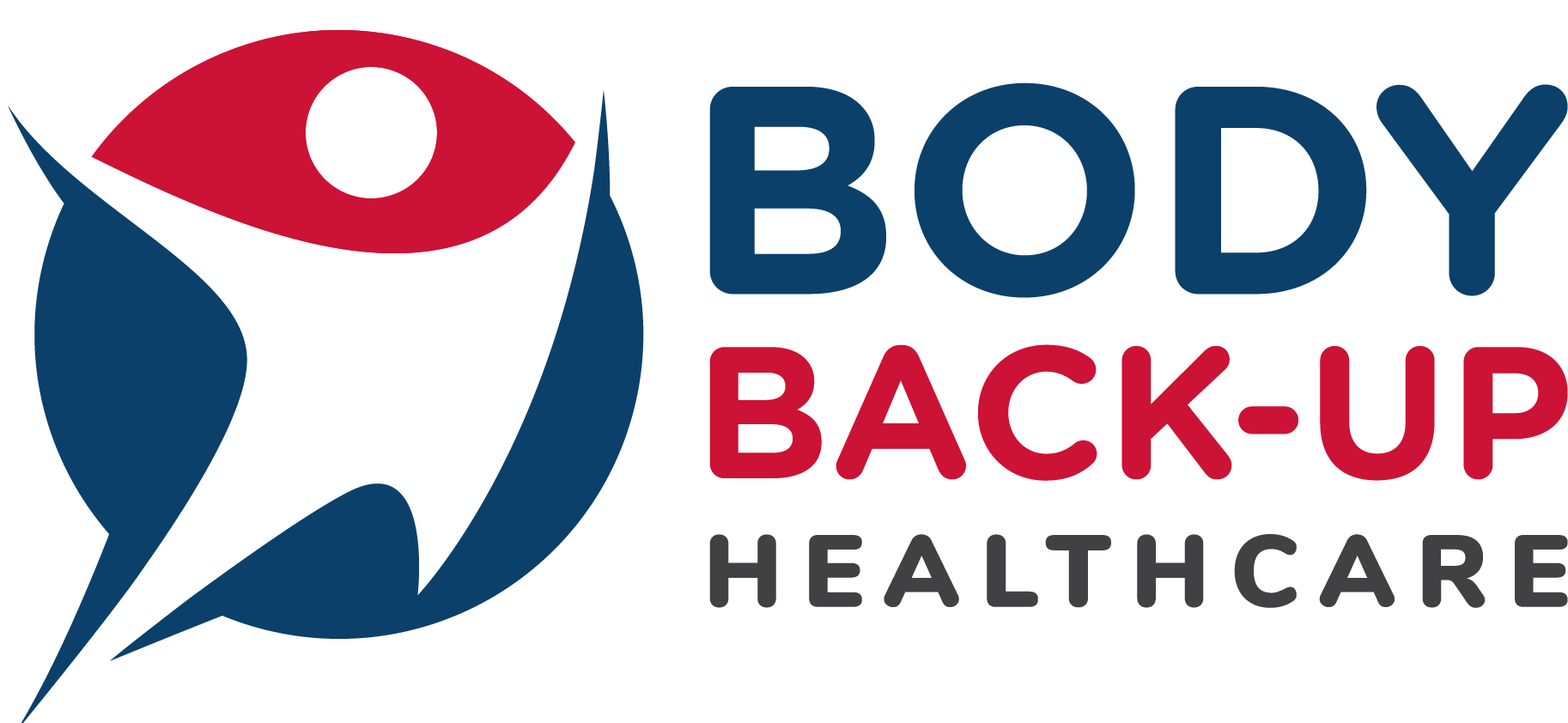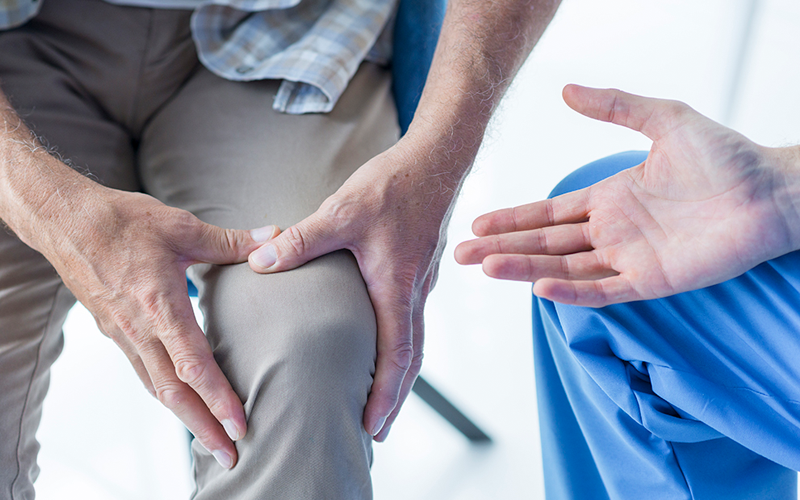
Understand Your Pain
Osteopathy explores links and crossovers of all the components that create symptoms.
Symptoms however severe or variable as so often a summation of factors that are often missed or dismissed as irrelevant by specialists in narrow fields of view.
Osteopathy allows a stand back for a considered view of what’s really going on.
The time line is also important.
How have factors interacted over time and how are habits of function formed that are out of conscious control of the patient.
Sometimes observing and pointing out these habits to the pain sufferer is a big step for them.
Its experiential learning and exploring for practitioner and patient.
Sharing and #communication are key to progress.
Nothing is by rote or the book as everyone has a differing experience and history.
The flag system is useful to band people into types…but this too is like a #psychological profile tool which is useful but has limitations. #osteopathy is a complex tool that is sometimes hard to explain except on a case by case basis.
This is also a problem for #osteopathy as a concept.
Work in progress on all fronts!
Where do you hurt?
Pain may occur at a particular point in the body, such as when you knock yourself on a hard object and develop a sore bruise, which lasts for several days.
A sudden twist to a knee can produce localised pain, swelling and redness over a ligament.
These types of problem may clear up in time with some prompt care and attention. Other pains may have their origins elsewhere, even though it appears that the pain you can point to is very real.
Muscular and joint pain can travel to apparently unconnected parts of the body as a result of deep muscular tension or nerve inflammation or tension. Acting promptly and taking the advice of a professional can reduce suffering and speed your recovery.
Describing & Scoring your pain
The person who can best describe their pain is you!
- Stabbing pain?
- Shooting pain?
- Dull ache?
- Constant nagging?
Your description also gives an indication as to how you feel about the pain.
Having a new severe pain or unaccustomed less severe pain can be quite worrying.
This is especially apparent when the reason for the pain is unknown to you.
Pain Patterns
Many problems reoccur in episodes over some months or years. Over time, the frequency of these episodes may increase and spur the sufferer to take action. It may be that each episode becomes more severe and lasts for an increasing amount of time.
Looking at the daily pattern of symptoms may give an indication that you require treatment, stretching exercises and some individual advice concerning seating posture, pillows or your bed, etc.
- Some people find that their problem is worst first in the morning with painful stiffness that is eased by activities during the day, but with pain returning towards the end of the day.
- Others find that they have no problem first thing in the morning, but that their problem gets worse gradually all day.
- Some individuals find their symptoms fluctuate during the day according to the types of activities they undertake.
- Many people suffer a low level of background ache for much of the day, which may occasionally exhibit sharper levels of pain dependent on the activity they undertake.
Few people find that their symptoms remain at a high-level for much of the day, and are even woken at night by their pain.
Pain and its affects on daily life
With long-standing muscular or joint pain and stiffness, it is very possible that your life style may become affected.
- Certain jobs around the house are put off.
- You may have to reduce your sporting activities for fear of injury.
- Your working day may become uncomfortable and less productive.
- The people around you begin to notice that your tolerance to the demands of daily life has reduced considerably.
- You may then begin to realise that it may be time to do something to try and improve your condition.
Undertaking treatment and following individually prescribed advice may not only reduce your symptoms but also have wider beneficial effects on your everyday home, work and recreational time.
Pain can affect your mood
Pain can play a large part in your mood.Suffering pain can certainly change your inner strength and alter the normal drives that allow you to meet the challenges of modern life.
Muscular and joint pain and stiffness can prevent you from participating in activities that are enjoyable as well as reducing the motivation and capacity for work and sports.
Seeking Help
Sometimes the idea of seeking professional help throws up a lot of questions.
- Is it really bad enough?
- Will consulting somebody mean I will be told that I will have to give up my sport?
- Might it make me worse?
These are just some of the Frequently Asked Questions (FAQs) for which there are answers!
The longer a condition remains untreated, the greater the difficulty you may find in describing accurately what the problem really is. This can be very frustrating.
Over a period of time, pain causes you to protect the parts of your body that hurt. This causes stiffness to develop gradually due to a change of muscle usage around the centre of pain.
As time goes by the stiffness may cause additional pain as well as spreading to other parts of your body causing new pains in areas that were apparently without problems.
 Trustpilot
Trustpilot

